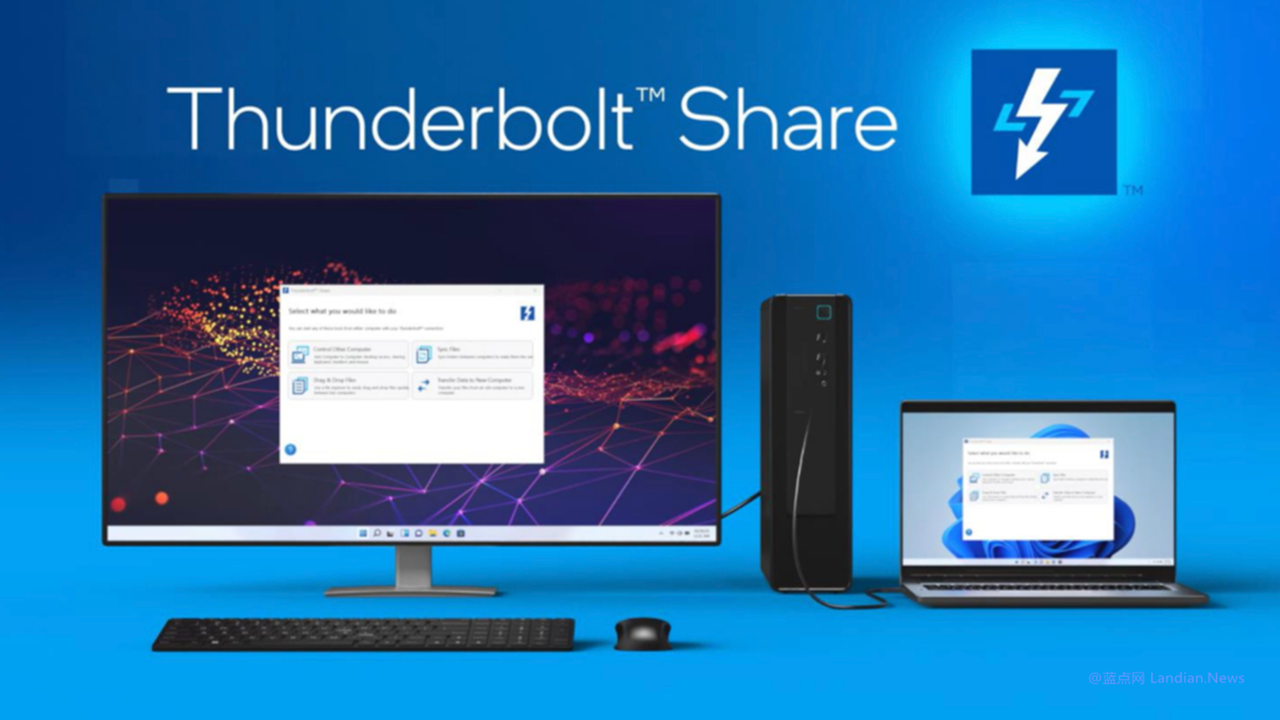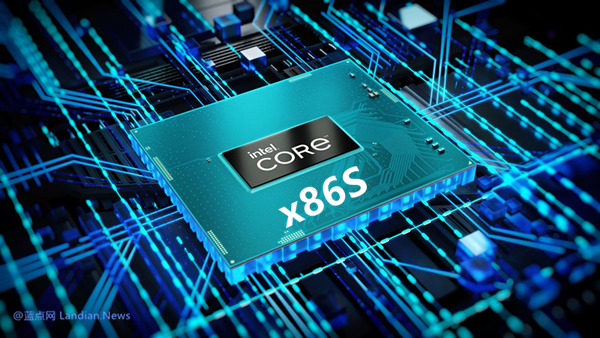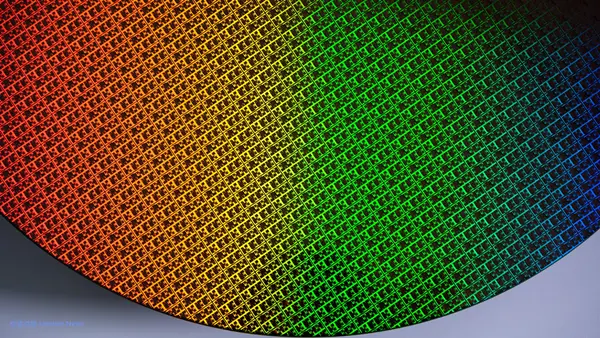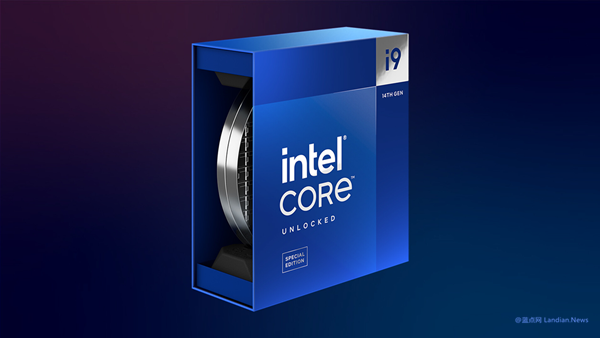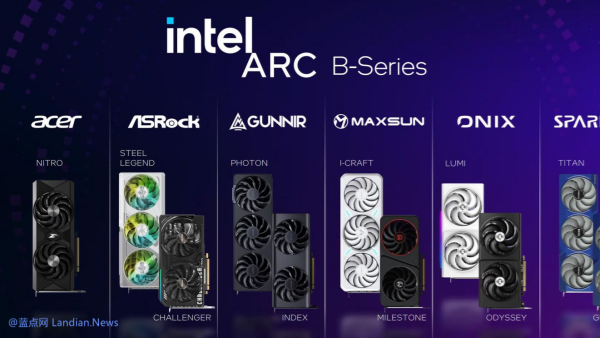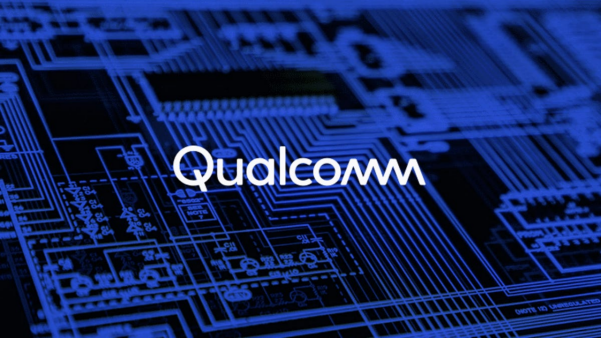Say Goodbye to Slow Data Transfers: Intel's Thunderbolt Share is Here
This week, Intel unveiled Thunderbolt Share, a groundbreaking technology leveraging Thunderbolt to enable high-speed data transfer between two PCs without the need for a network. Built on the Thunderbolt 4 and 5 protocols, this innovation promises to revolutionize how users share data and interact with screens and accessories across PCs.
Key Features and Benefits:
Thunderbolt Share goes beyond simple file transfers. It supports uncompressed, responsive screen sharing, allowing users to share their screens in real-time without any loss in quality. For those utilizing docking stations, the experience is further enhanced, enabling the connection of additional PCs and accessories to enjoy the full spectrum of high-speed interconnectivity.
However, it's important to note that Thunderbolt Share is exclusive to devices that support Thunderbolt 4 and 5. It's compatible with Windows 10 and Windows 11 operating systems, and all accessories must be certified to function with the technology.
According to Intel, while the accompanying software can run on any system meeting the hardware and software requirements, at least one PC or accessory must be Thunderbolt Share certified. This implies users may need to invest in new accessories to leverage this feature fully.
Availability:
Thunderbolt Share is set to make its debut in the latter half of this year on select newly released PCs. Cables, docking stations, and other accessories that have received certification for this technology will also become available in stages.
Requirements for Using Thunderbolt Share:
- At least one PC or Thunderbolt accessory must be Thunderbolt Share certified.
- Both PCs must have Thunderbolt 4/5 ports.
- Operating System: Windows 10 or Windows 11.
- Intel's display driver must be updated to version 0.101.4826 or higher.
- Optional: A Thunderbolt dock or monitor can be used for connectivity.
The companion application for Thunderbolt Share will be available for download in June, further enhancing the connectivity options for users.
This initiative by Intel opens up new possibilities for PC users, offering an efficient, high-speed way to share data and collaborate. As the technology rolls out and becomes more widely adopted, it's expected to set a new standard in PC interconnectivity.
